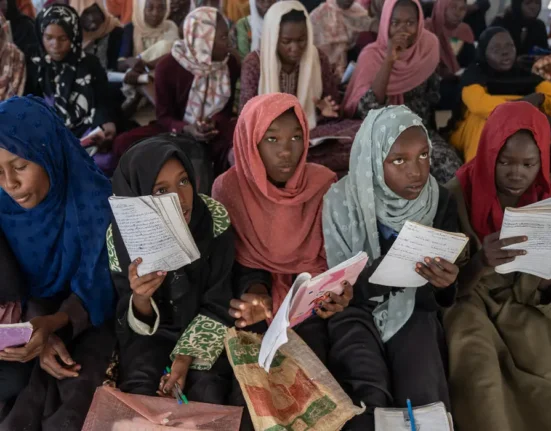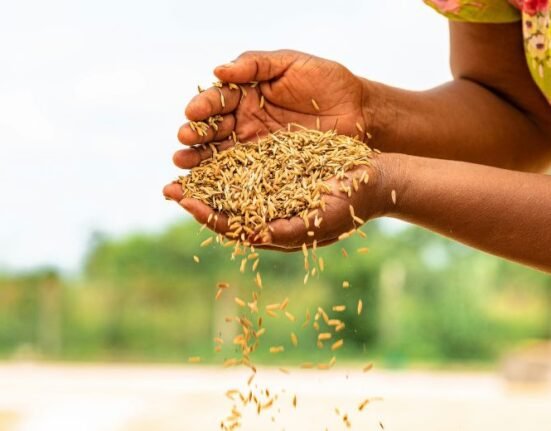Photo by Edgar Castrejon on Unsplash
HQ Team
October 4, 2022: More than 3 billion people could not afford a healthy diet in 2020, partly because of rising food prices due to the Covid situation and the resultant economic disruption, according to a Food and Agriculture Organization report. As of August 2022, the FAO food price index was up 40.6 % from average 2020 levels. This means that people with unhealthy diets are likely to have increased manifold as the income levels have hardly kept abreast.
The FAO measures a healthy diet as one that meets daily energy needs and requirements within a country’s food and dietary guidelines. The (un)affordability is measured by comparing the cost of a healthy diet to income levels in the country. The diet is deemed unaffordable if the cost exceeds 52% of an average household’s income. Diet quality is a critical link between food security and nutrition.
In 52 countries of the 138 mapped by the FAO, more than half of the population cannot afford a healthy diet. The majority of these are in Africa, with the rest located across Asia, Oceania, and the Americas.
There are four countries—Azerbaijan, Iceland, Switzerland, and the UAE—where everyone can afford a healthy diet. Most European and developed high-income countries are also well placed, with almost 95% of the population able to afford a healthy diet.
Asia has the most people unable to afford a healthy diet at 1.89 billion. India fares the worst, with 973 million of this number residing here.
Africa has the maximum number at 1 billion. The Americas and Oceania have 151 million people existing on an unhealthy diet.
Africa’s Food Crisis
Almost 90 % of people residing in sub-Saharan Africa cannot afford a healthy diet.
This is because sub-Saharan Africa is susceptible to extreme climates resulting in volatility in food prices. Draughts are common here, and the countries need to import most of their food, which further drives up the prices.
The Ukrainian war has further deepened the food crisis in this region as many African countries import wheat from these two countries. The conflict between Russia and Ukraine has driven the prices up further. Food price inflation is in double digits, making it almost impossible to put food on tables.
Additionally, East Africa is facing its worst drought in 40 years. As a result, 22 million people are at risk of starvation.
Population Growth and Food Insecurity
The global population will cross 8 billion in November this year and is set to increase by another 35 % by 2050, which means food and crop production needs to double to meet the growing demand.
Intense agricultural practices will increase greenhouse gas emissions, which will be environmentally disastrous. Climate will be adversely affected, and food production will suffer.
Building climate-resilient agricultural infrastructure, better storage facilities and supply chain flow will play a key role in reducing the levels of food insecurity all over the world.








